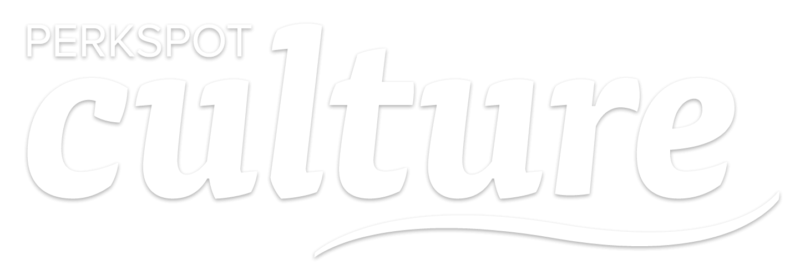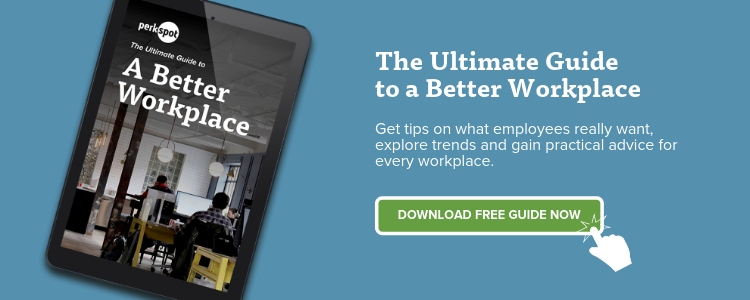Pre-Boarding: Onboarding Before Day One
A recent report showed that 22% of employee turnover happens within the first 45 days of employment. Perhaps they misunderstood what the job entailed. Maybe the culture just wasn’t the right fit. Either way, we know that these first few days are critical for employee retention.

In fact, we could argue that this starts before they even step foot in the office. Our first day in a new office is a lot like the first day of school. You feel awkward, you aren’t sure who to eat lunch with, and you just kind of fumble through the day trying to warm up to this strange environment.
So what’s the answer to this phenomenon? Pre-boarding.
Pre-boarding refers to the time period before your new hire starts but after they’ve accepted the offer. Think about the anticipation and excitement when you sign your offer letter: you are pumped about this new opportunity, but you might not have any idea what to expect. While it may only be a week or two, making the most of this the before day one can make all the difference.
Here are a few ways to make “pre-boarding” a part of your onboarding process:
• Send a letter from your team.
• Give them company swag.
• Answer any FAQs.
• Let them know who to reach out to if they have any questions.
• Prep a new hire document.
Send a letter from your team.
Whether it’s an email or a hand-written note, sending over a quick note of excitement before your new hire starts can be a breath of fresh air for your new employee. We love what career experts at the Muse say about this: “The best thing a boss can do between the moment an offer’s accepted and a new hire’s start date, then, is to ensure their new direct report knows this: ‘You’re the one we want on the team and we’re really happy about it.’”
Give them company swag.
We all know the power of employer branding, and this extends to your onboarding pre-boarding process. As your new hire shares their excitement about their new role with friends and family, give them some swag to show off your company brand. This is the peak time to get them excited about being a part of your business. Who knows? Maybe they’ll even share their excitement on social media and bring in other potential candidates or clients!
Answer any FAQs.
This should be a given for any onboarding process but it’s worth reiterating. Make sure you’re providing answers to all the questions they might have about their first day or week. Will they need a key card to get into the building? Do they need to ask for someone at the reception desk? Should they bring their lunch, or will you take them out? These small questions make a big difference in easing their first day anxieties.
Provide a point of contact for other questions.
Maybe it’s an onboarding contact or their manager, but make sure your new hire knows exactly who to reach out to if they have questions prior to their first day. But don’t just do lip service – be available! Check your email the night before their first day in case anything last minute comes up. Better yet, be proactive and send another note a few days before to make sure they’re prepared.
Prepare a new hire document.
This is up to you to share beforehand or on their first day, but you should absolutely prep an onboarding document for your new hire and have it ready for them on day one. It shouldn’t be an exhaustive list of responsibilities or even a detailed agenda. A new hire document gives your new hire a baseline for their role and even some achievable goals for them to achieve in their first 30 days. At PerkSpot we create a “30-60-90 Jumpstart Document” with goals for the first 30, 60, and 90 days. Things can change, so we like to keep this flexible, but it’s a great jumping off point to know what is expected of them.
We could talk at length about the onboarding process because it is such a crucial time for your employees. Make the most of the time before day one with pre-boarding.
Click here to learn more about how to retain and develop high potential employees.















